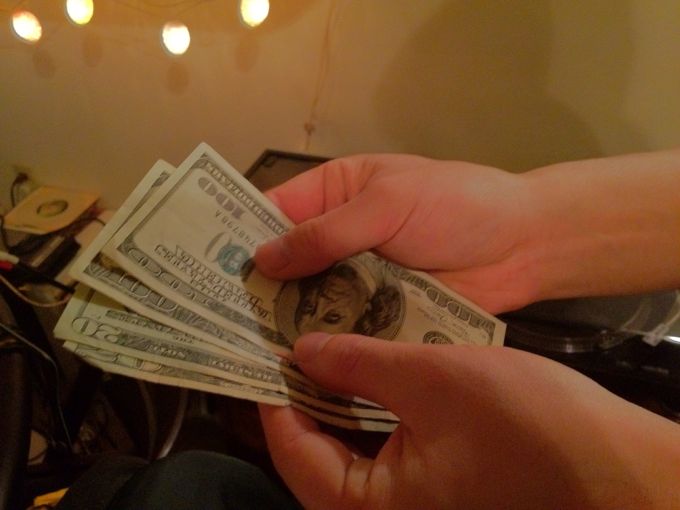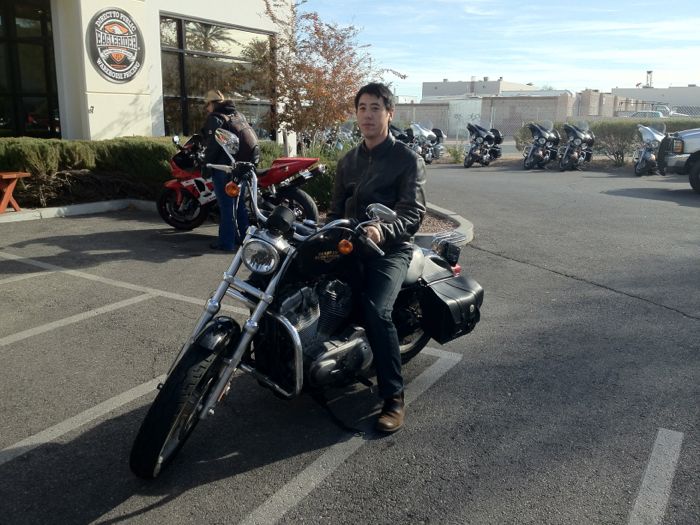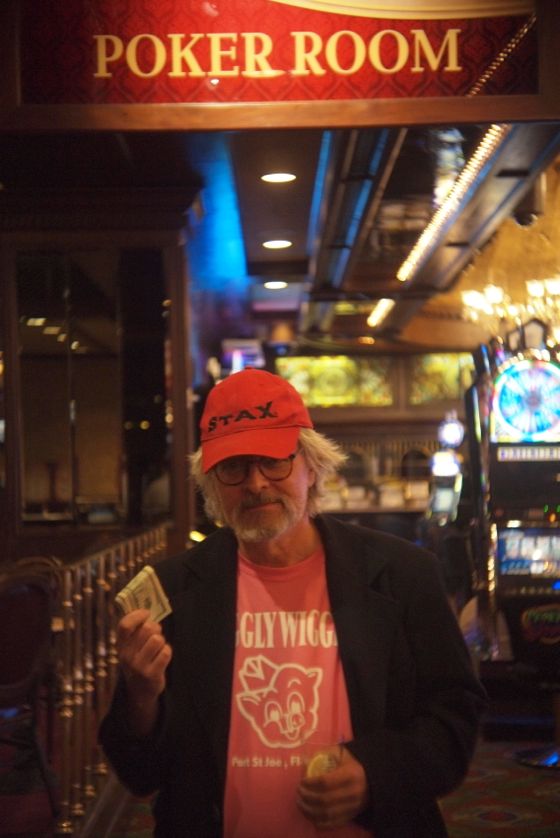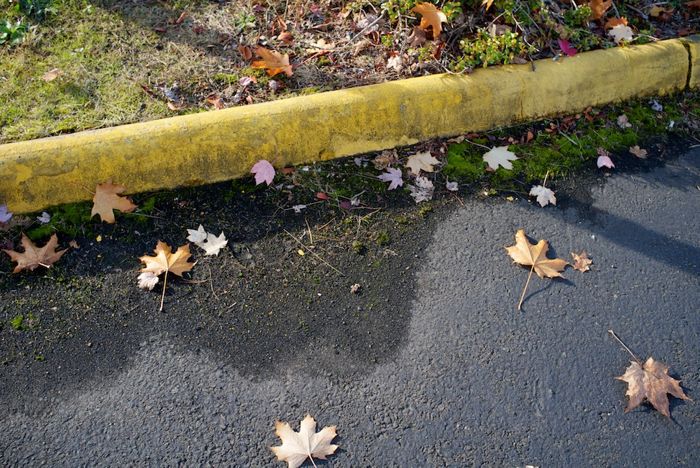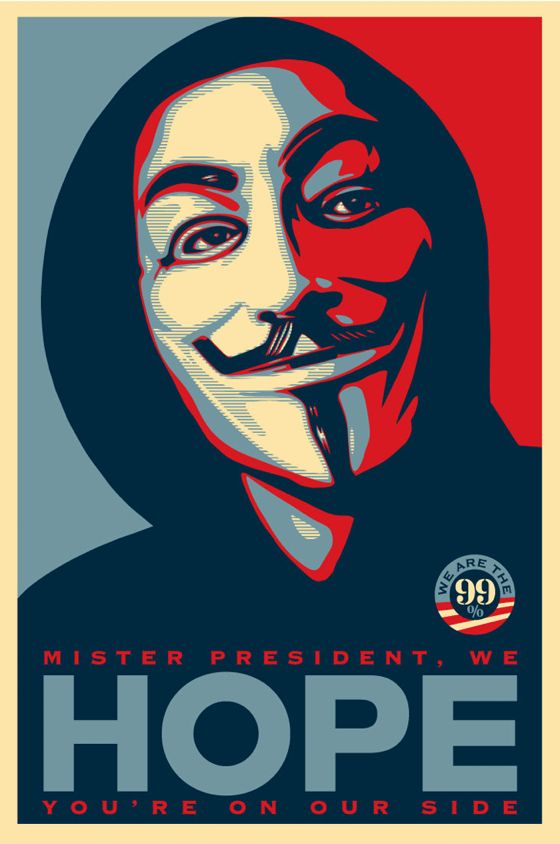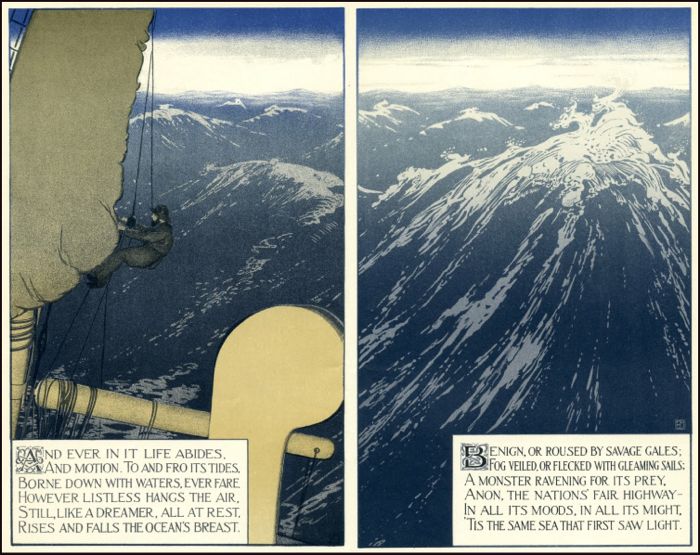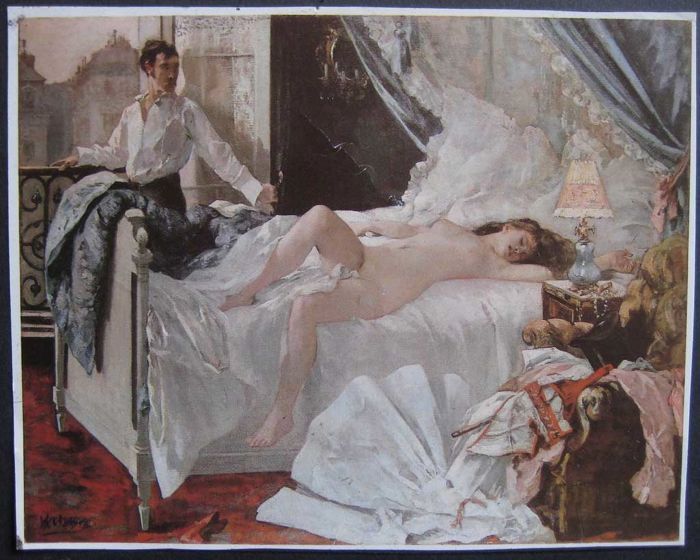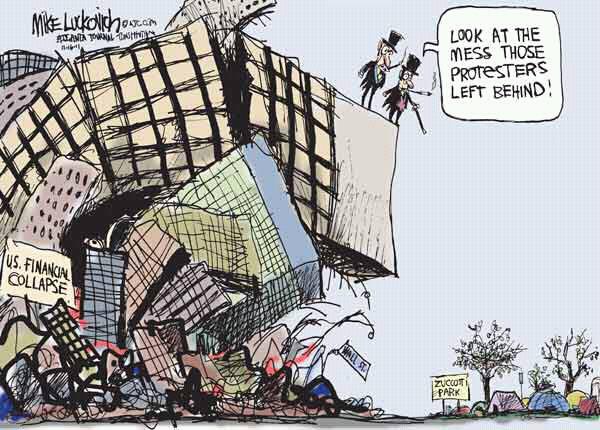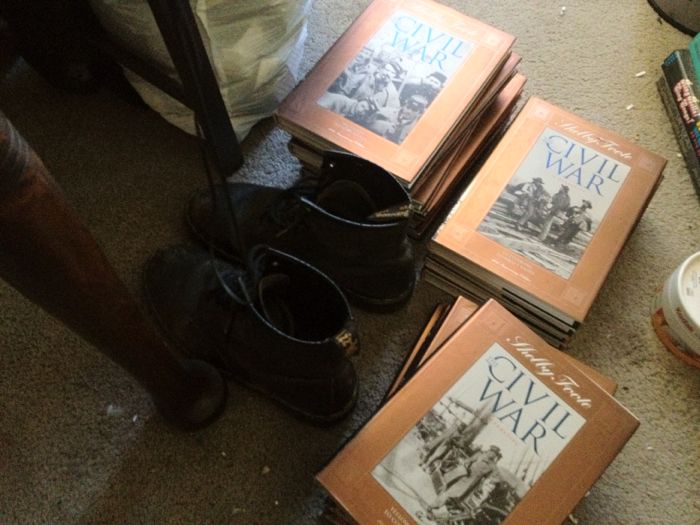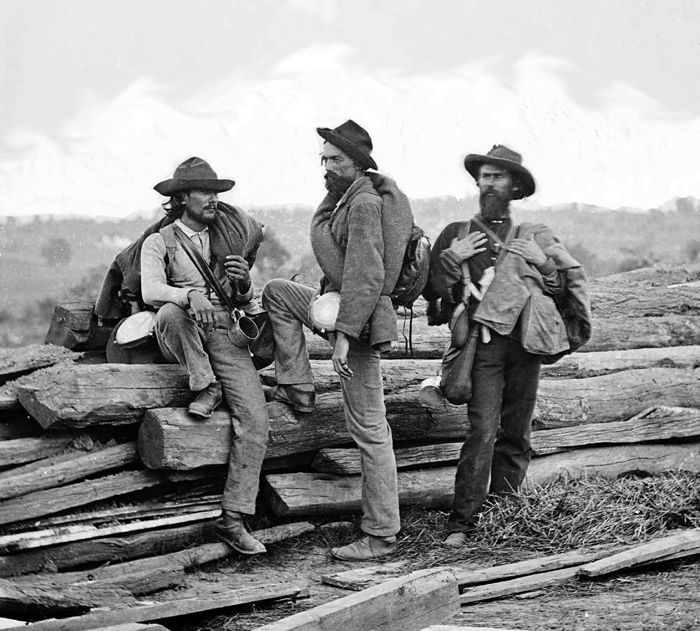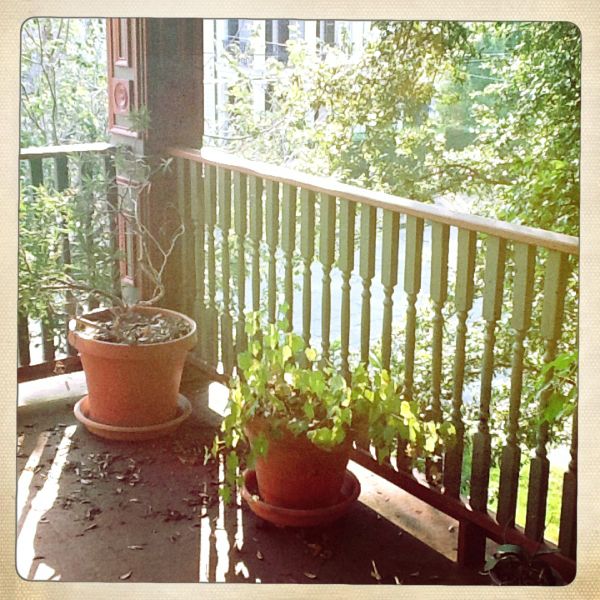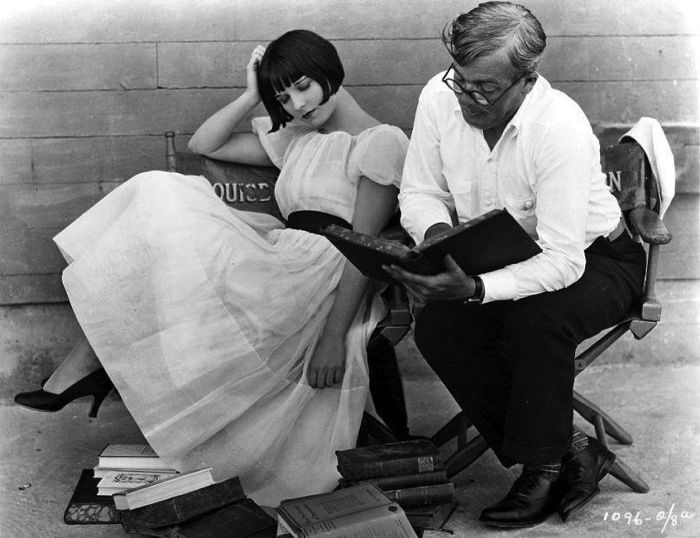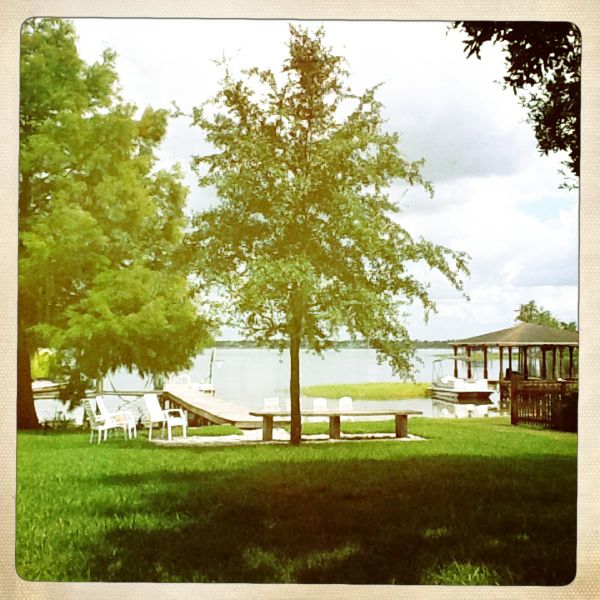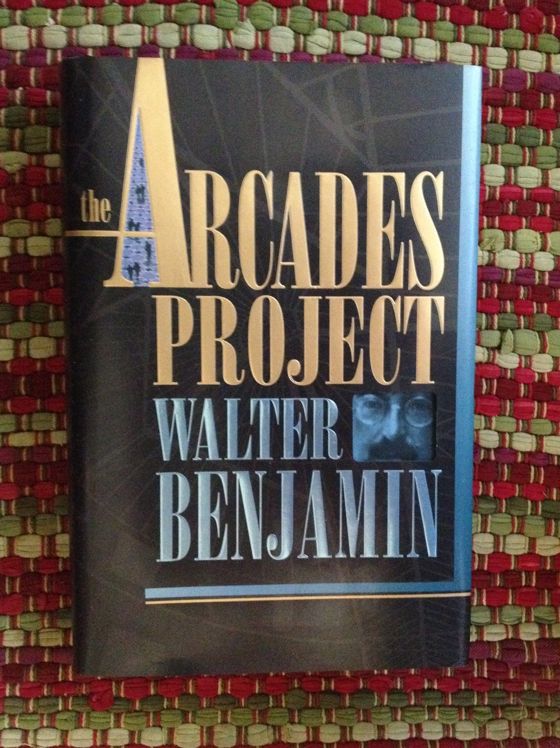
The Arcades Project, Walter Benjamin's uncompleted magnum opus, is one of the greatest and most important books of the 20th Century. I started reading it just before I moved to Las Vegas, almost seven years ago, and just finished it this week. It's not a book you can dash through, or would want to dash through. Benjamin designed it to be a compendium of quotes from various sources which would sum up his reflections on the culture of the 19th Century. What he left were a great number of those quotes, grouped into various categories, along with his notes about them, which have been assembled into the present book, along with a few of his other writings connected to the subjects covered or to the project.
I started reading the book after I decided to move to Las Vegas because I had a sense that it would be useful in understanding the town, and it is. Although Benjamin died in 1940, The Arcades Project is essential reading about Las Vegas today.
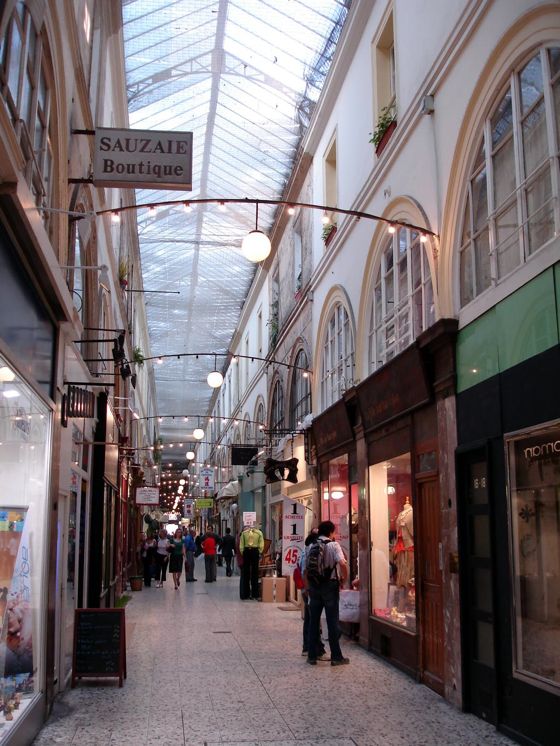
Benjamin believed that each age is “enchanted” by assumptions that are so common and so deeply held that they cannot be seen by most people living in that age. He saw the enchantment of the 19th Century summed up in the shopping arcades of Paris — commercial developments that mimicked public streets and celebrated the commodity fetish in fantastic ways. Many of the legendary arcades had disappeared by Benjamin's time in Paris, but he wanted to show how the ideas, or what he called the “phantasmagoria”, associated with them had helped create the modern world.
His prescience about this was greater than even he could have imagined, as witnessed by the rise of the modern shopping mall — commercial developments that have replaced the village square and downtown's main street as the centers of our public culture. And the best way to understand the modern Las Vegas mega-resort — with its shopping arcades and food courts and high-end restaurants and bars and clubs and theatrical shows and movie theaters surrounding the action on the gaming floor — is to analyze it as a kind of super-mall.
Indeed, The Paris, Las Vegas casino-resort — the entire city of Paris rendered as an arcade — would have required a whole section in The Arcades Project if Benjamin had lived to see it. In a way, it endorses every insight of his magisterial work.
